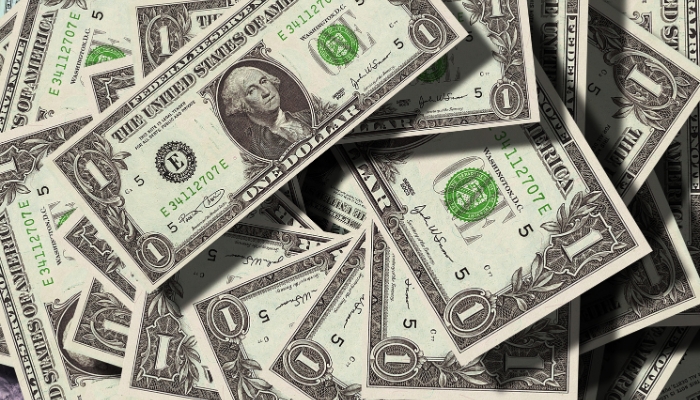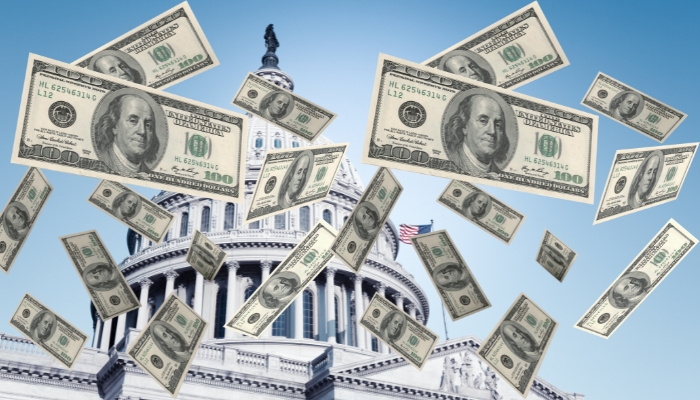India’s Q2 Economy Growth
Anúncios
India’s economy experienced rapid growth in the April-June quarter, driven by robust services activity and strong demand. However, concerns arise due to a drier-than-usual monsoon season that could limit future expansion.
The Gross Domestic Product (GDP) increased by 7.8% annually during the quarter, a significant acceleration from the 6.1% growth recorded in the previous three months ending in March.
This growth rate marked the highest reading since the June quarter of 2022 when the growth was at 13.1%.

India maintains its position as one of the fastest-growing major economies, particularly as China’s post-pandemic recovery has slowed down. The Chief Economic Adviser of India, V. Anantha Nageswaran, upheld his 6.5% growth projection for the entire year, expressing optimism about growth prospects despite potential external risks.
Thamashi De Silva at Capital Economics noted the strength of India’s GDP data even in the face of policy tightening by the Reserve Bank of India, which has increased its interest rate by 2.5 percentage points since May 2022.
The services sector, including trade, transport, finance, and real estate, contributed to this growth, with growth rates of 9.2% and 12.1% in these areas. Construction activity also performed well with a growth rate of 7.9%.
However, economists are cautious about the impact of dry conditions on future growth. The possibility of average rainfall in September follows the driest August in over a century, which could have adverse effects on the agriculture sector and overall growth.
In the April-June quarter, private consumption, accounting for nearly 60% of India’s economy, grew by about 6% year-on-year, up from 2.8% in the previous quarter. Manufacturing also expanded, reaching 4.7%, compared to 4.5% in the previous three months.
Despite these positive trends, growth in capital formation, a measure of investment, slightly eased to around 8% year-on-year from 8.9% in the previous quarter.
Furthermore, the rise in retail inflation in July, reaching its highest level in 15 months due to surging vegetable and cereal prices, raises concerns. While some economists believe that prolonged high food inflation could impact consumption growth, others like Nageswaran remain less concerned about the potential for inflation to spiral out of control.
See also: August Jobs Report: Steady Growth Amidst Economic Concerns






